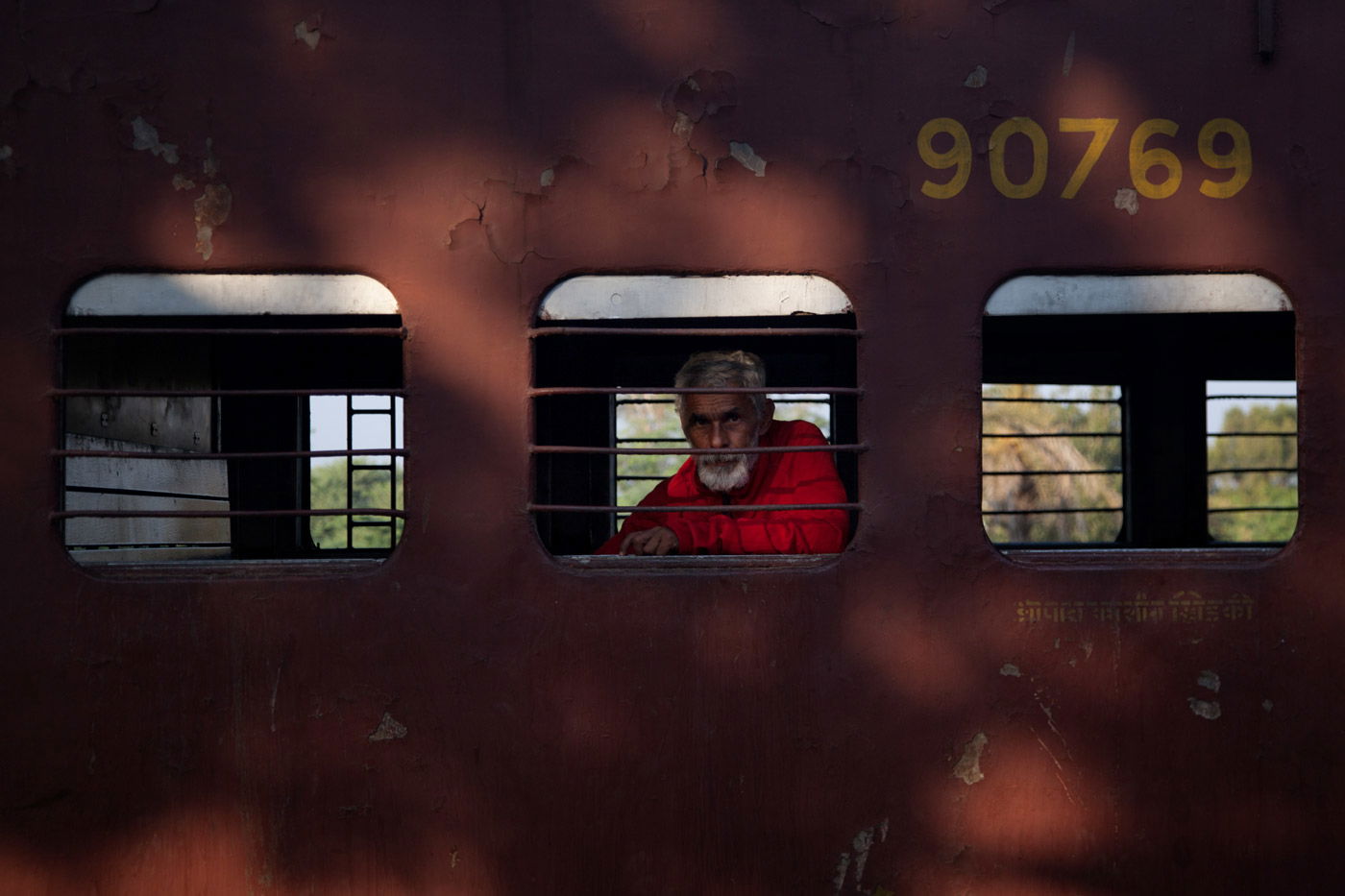9 Creative Street Photography Ideas You Can Try Today
Street photography is one of the most popular types of photography due to its accessibility. All you need is a camera and an urban environment. That’s great for getting started, but the downside is that creating truly unique street images can be hard.
These creative street photography ideas are the perfect remedy for low enthusiasm levels. Experimenting with these ideas will bring new life to your photography, helping you see the world anew so you can produce eye-catching, thought-provoking images.
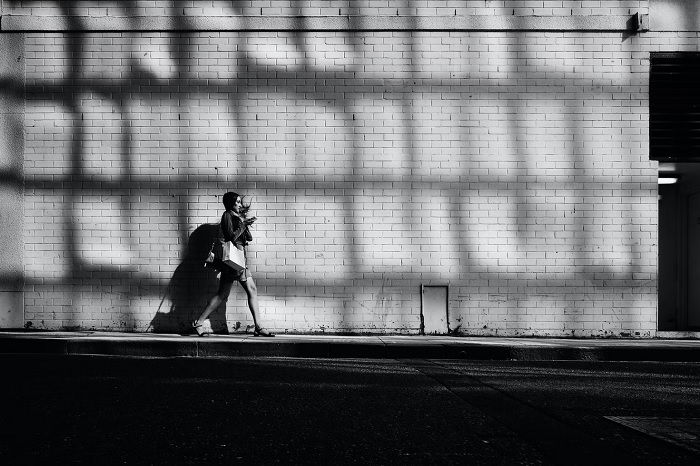
© Ivan Tsaregorodtsev
Street Photography Ideas
Even though the street is a dynamic environment always in flux, street photographers can find themselves in a creative rut. You might feel like you produce the same kind of results every time you go out shooting.
That means you need to think of street photography in a new way, which is exactly what these creative street photography ideas are designed to do. Studying just one of these tutorials will bring new life to your photography, and you’ll be back on the streets with your camera in no time.
We cover everything from black and white to night street photography. If there’s a topic you’re particularly interested in, click the link in the text to see the full article.
Black and White
When shooting street photography, you may wonder whether to shoot in color or black and white. There’s no right or wrong answer, as it depends on the mood and story you want to convey.
Black and white is great for emphasizing emotion, facial expressions, and body language without the distraction of color.
It’s also useful for highlighting shapes, lines, textures, and patterns in architecture and structures. On bright, sunny days, shooting in black and white helps manage the harsh contrast between light and shadows.
Color, on the other hand, is perfect for capturing unexpected bursts of vibrancy in clothing, street art, signage, or nature.
Think vivid fall foliage against gray city streets or a stranger in a bright green suit. Color pops beautifully at night, too, with glowing street lights and shop windows.
If you want to learn more about black-and-white street photography, we have a detailed guide for you.
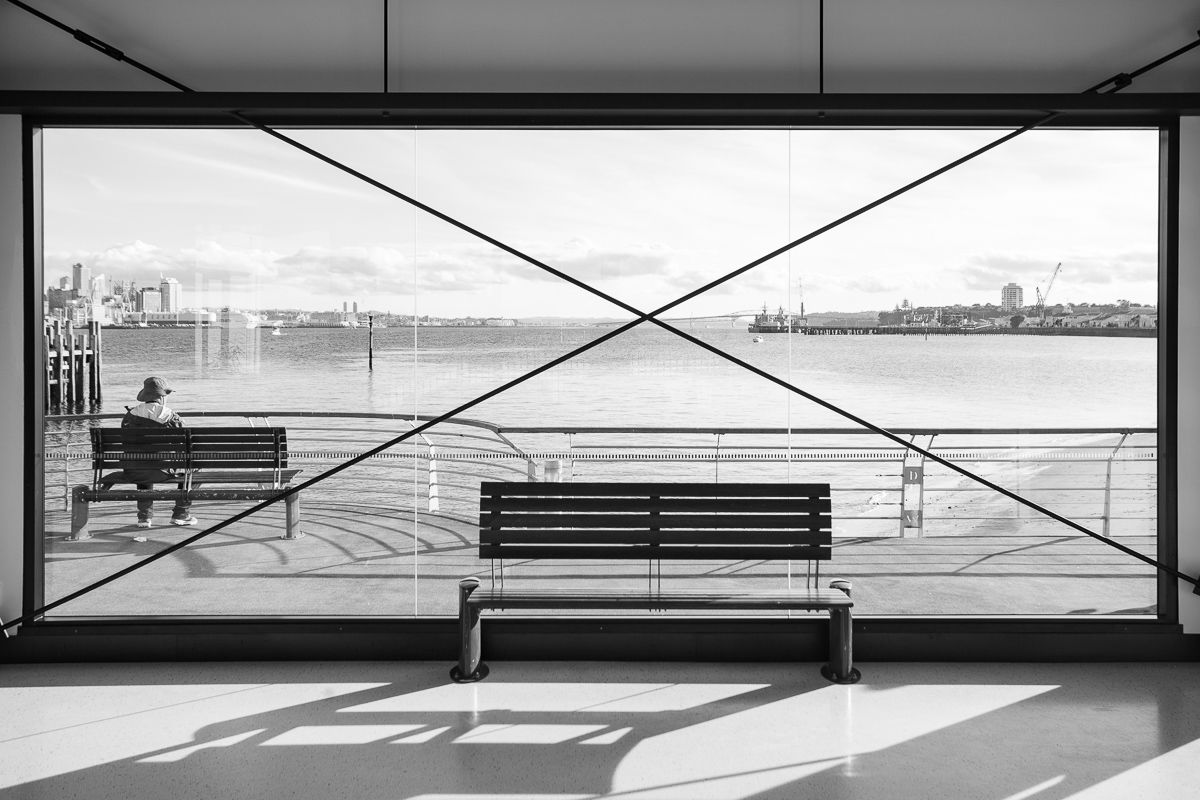
Candid
Candid street photography captures unique moments of everyday life. Get close to your subjects to photograph genuine emotions and interactions. Be patient while waiting for the perfect shot.
Know your rights as a street photographer and be friendly if people ask about your photos. Master your camera settings so you can quickly adjust for changing light and action. If you need to, increase your ISO to capture sharp images in lower light.
Build familiarity with a location to predict the best photo opportunities. Embrace mistakes like motion blur or imperfect lighting to add character to your images. Travel light with minimal gear to stay nimble and blend in. Choose a compact camera and versatile lens that are ideal for candid street photography.
Check out our full-length guide for everything you need to know about candid street photography.

Creative
Creative street photography is all about capturing candid moments that tell a story. To get the best shots, slow down and be observant. Pick an area and wait for the action to come to you. This will help you capture interesting moments as they happen.
Experiment with different angles and perspectives. Try sitting on the sidewalk to photograph what’s happening at ground level, like walking feet or bicycle wheels. Or stand on a staircase for a birds-eye view of the scene below.
Look for relationships and connections between people, buildings, and objects. The proximity of strangers to each other can often tell an interesting story.
Keep an eye out for unusual subjects like flash mobs, buskers, or out-of-context objects. These elements draw the viewer in and encourage them to ask questions about the scene.
If you’d like to learn more creative street photography tips, this article has plenty of ideas to inspire you.
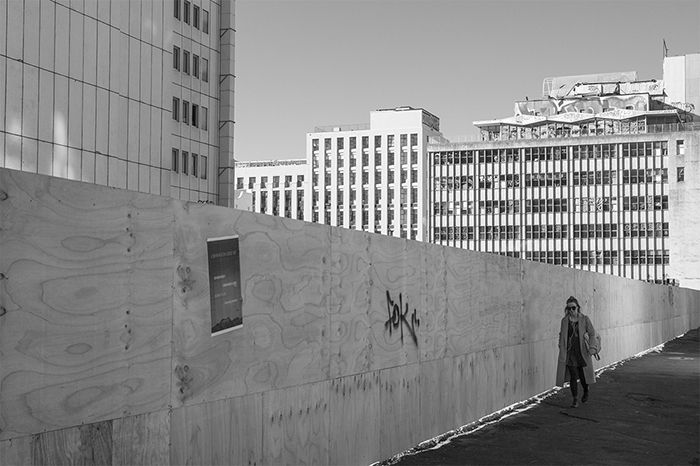
Fine Art
Fine art street photography combines traditional art elements, photography techniques, and street narratives to create high-quality, artistic images. To capture stunning fine art street photos, take your time and be patient. Wait for the perfect light and use a tripod for the best quality.
Be picky and only accept your best images. Engage all your senses to understand the environment and the story you want to tell. Pay attention to sound and smell, in particular, to help you compose the scene.
Experiment with both color and black-and-white photography. Street photography doesn’t have to be limited to urban scenes. You can capture the communities you’re passionate about. Use post-production skills to give your photos a unique touch, from gentle edits to advanced concept art.
Check out this in-depth article to learn more about fine art street photography.
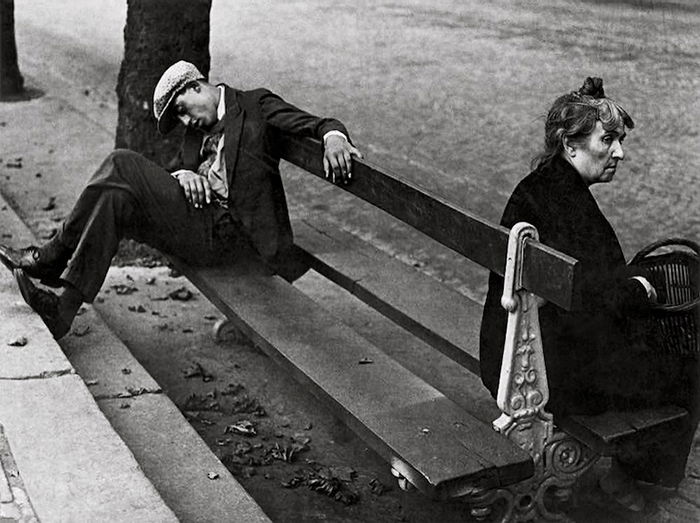
Night
Night street photography captures the mystery and excitement of city streets after dark. To get the best results, use a camera that performs well at high ISO and a fast prime lens like a 35, 50, or 85mm.
Look for available light sources like street lights or shop windows to illuminate your subject.
Aim for a variety of shots, from wide scenes to close-ups. Control the background to avoid distractions. Use techniques like bokeh, minimalism, and leading lines to create compelling compositions.
Our article on night street photography is the best place to start if you want to learn more.
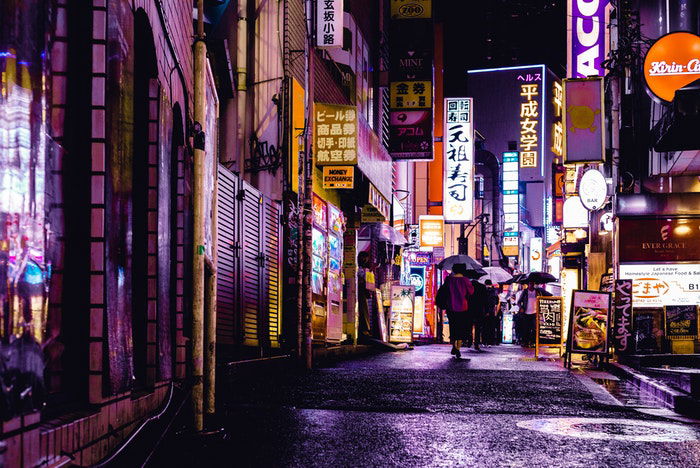
Reflections
Reflections are everywhere in urban environments, making them a great tool for adding visual interest to your street photography. Windows, metal surfaces, and even puddles can provide unique opportunities to capture creative reflections.
When composing your shot, pay attention to all the elements in the scene. Combine what’s behind the reflective surface with what’s being reflected for a more complex and interesting image. Even slight changes in your angle can dramatically affect the composition.
Keep an eye out for your own reflection, too. You can intentionally include yourself for a self-portrait or adjust your position to avoid being in the shot.
For more tips on creatively capturing reflections in street photography, check out our in-depth article.
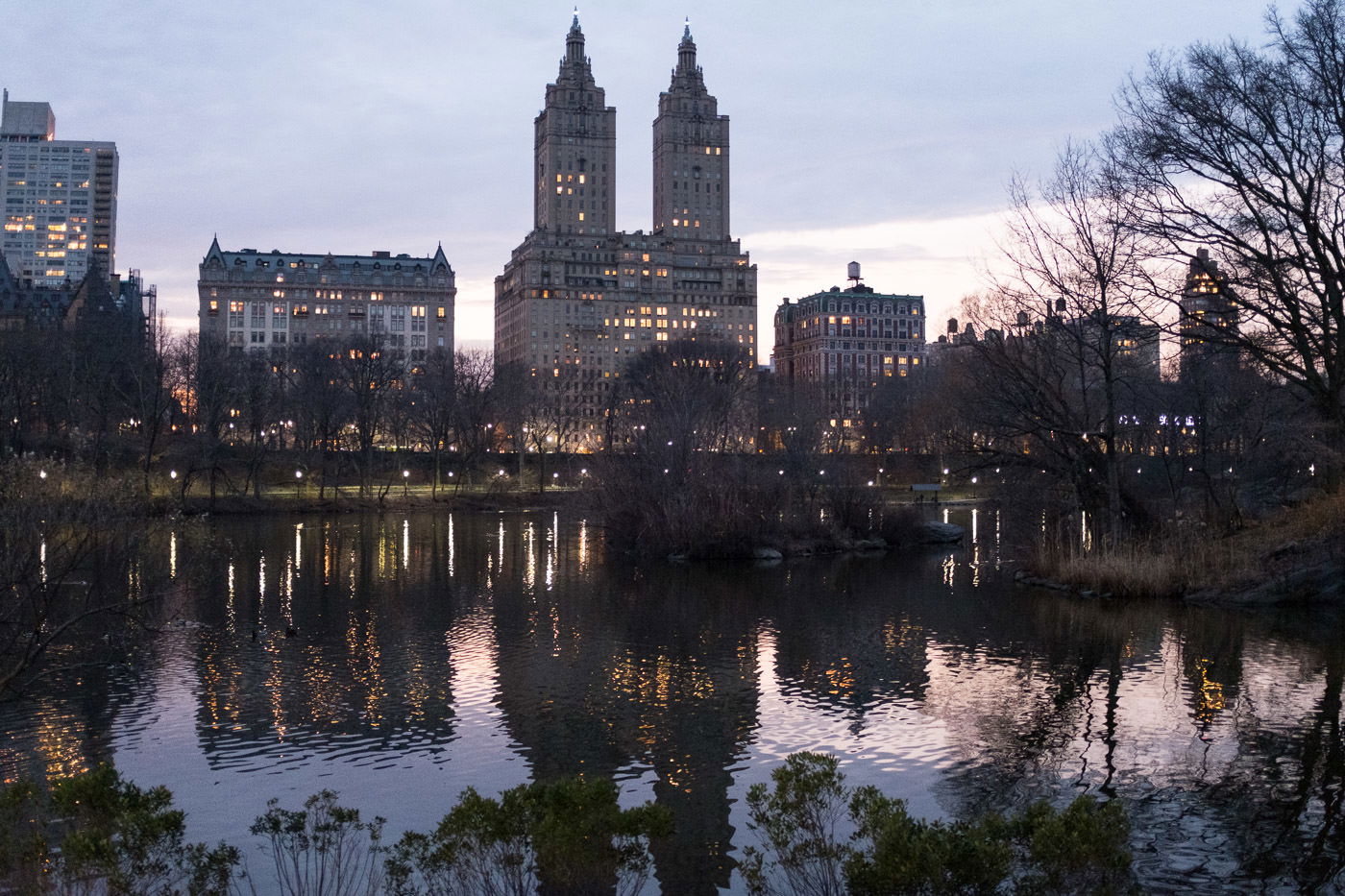
Street Lighting
Street light photography can produce stunning results in various lighting conditions. On grey and rainy days, black-and-white photography is your friend, emphasizing lines, shadows, and textures.
Adjust your camera settings to capture the mood, whether it’s a slow shutter speed for atmospheric blur or a higher ISO for a grainy effect.
In bright sunshine, use a lens hood and ND filter to reduce glare and harsh shadows. Focus on details in shaded areas or convert to black and white in post-production.
At night, embrace the artificial lights and experiment with white balance settings. Slow shutter speeds can create streaks of light from moving vehicles, while contre-jour techniques produce eerie silhouettes.
With practice, you can tell great stories through your street photography, even in suboptimal light.
To learn more about street light photography, explore the techniques and tips in our full-length article.
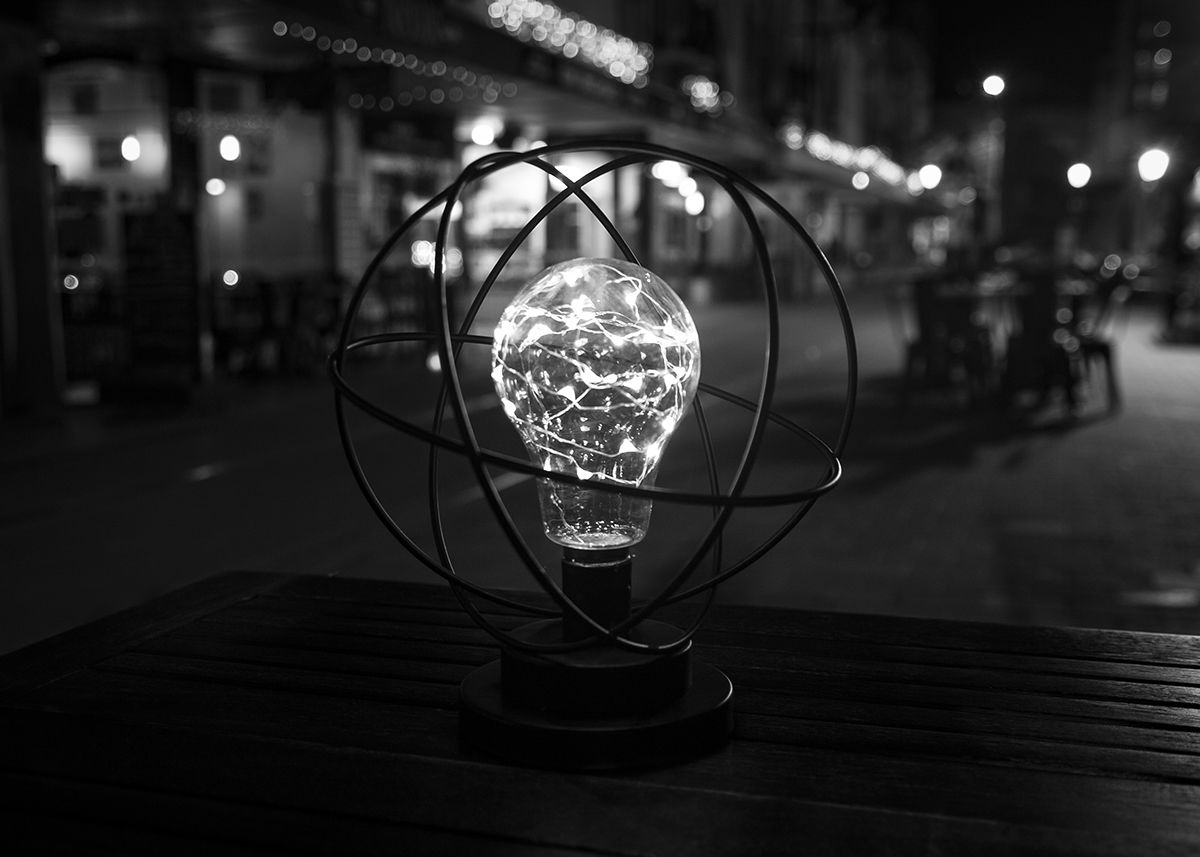
Urban Photography
Urban photography encompasses a wide range of subjects, from people and animals to places, details, landscapes, and abstracts.
To get started, look up urban photographers and check out their images for inspiration. Decide what you want to focus on, whether it’s buildings, nighttime shots, or something else entirely.
When it comes to equipment, smaller, lightweight cameras are generally preferable for capturing intimate photographs of people on the city streets.
Prime lenses offer great sharpness and resolution, while wide-angle lenses are better for larger scenes. Experiment with different cameras and lenses to find what works best for you.
To capture candid moments, adjust your camera settings to save time. Program, Shutter Priority, or Aperture Priority mode can help you maintain correct exposure while focusing on different artistic effects.
And don’t forget, you don’t need to travel far to find great urban photography opportunities—your local area is a great place to start.
By exploring the unnoticed beauty of your city through the lens of your camera, you can create stunning urban photography without ever leaving home.
Check out our full-length article for everything you need to know about urban photography.
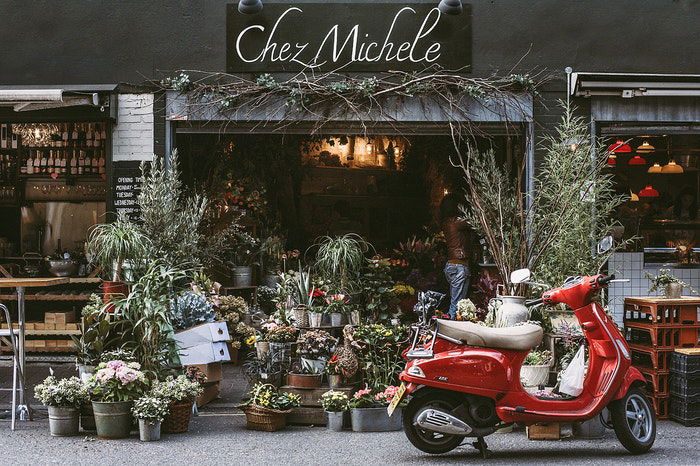
Composition Tips
Finding new composition styles is a great way to reinvigorate your street photography. It pushes you to look for new perspectives, which brings better creativity and more interesting results.
Use the rule of thirds by placing points of interest on the intersections of an imaginary three-by-three grid. Include negative space to emphasize your subject and add mystery.
Adjust the depth of field using aperture—use a shallow depth of field to draw attention to details or a deep depth of field for landscapes.
Try zone focusing by prefocusing your lens to a set distance. Use leading lines like roads, shadows, and gestures to guide the viewer’s eye. Capture interesting textures to connect the viewer through touch associations.
Look for patterns and repetition to add rhythm and interest. Frame your shot using windows and doors to create a photo within a photo. Or you can change your perspective by getting low or finding unusual angles. Use color to grab attention and black and white for a timeless, serious look.
Street photography composition is a skill that can greatly improve urban shots, so our full article on the subject is a must-read for any street photographer.
